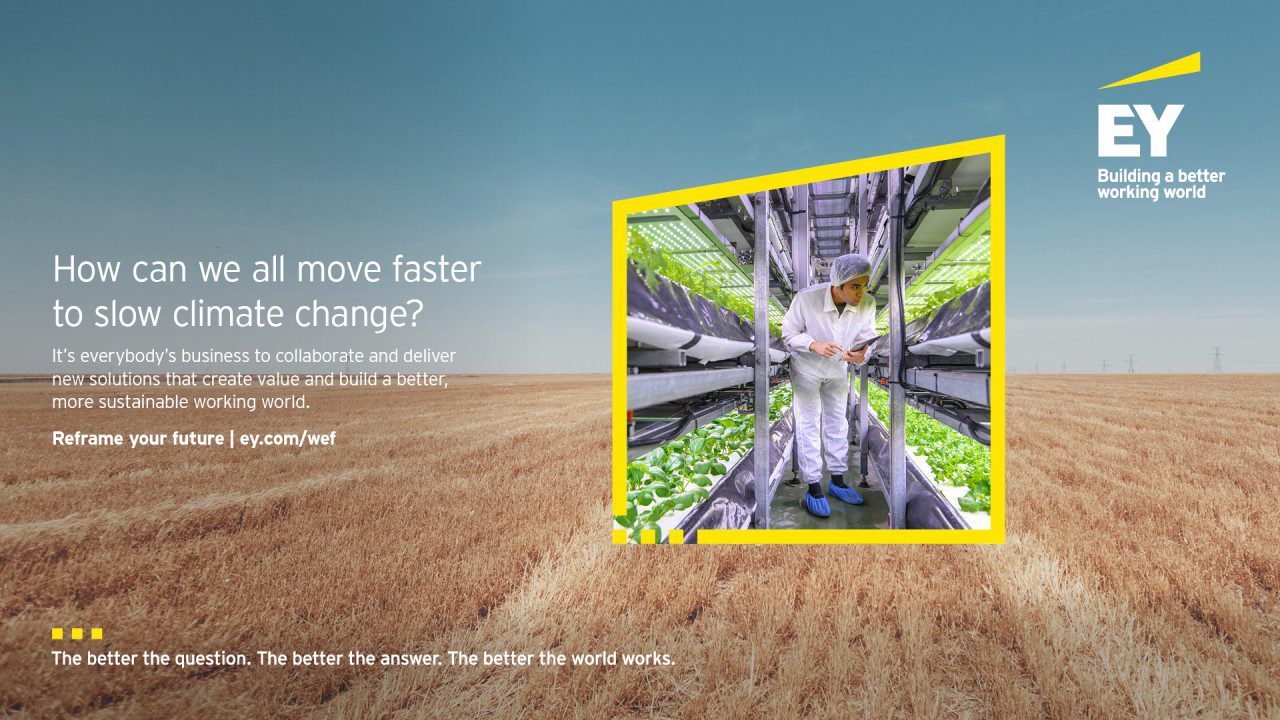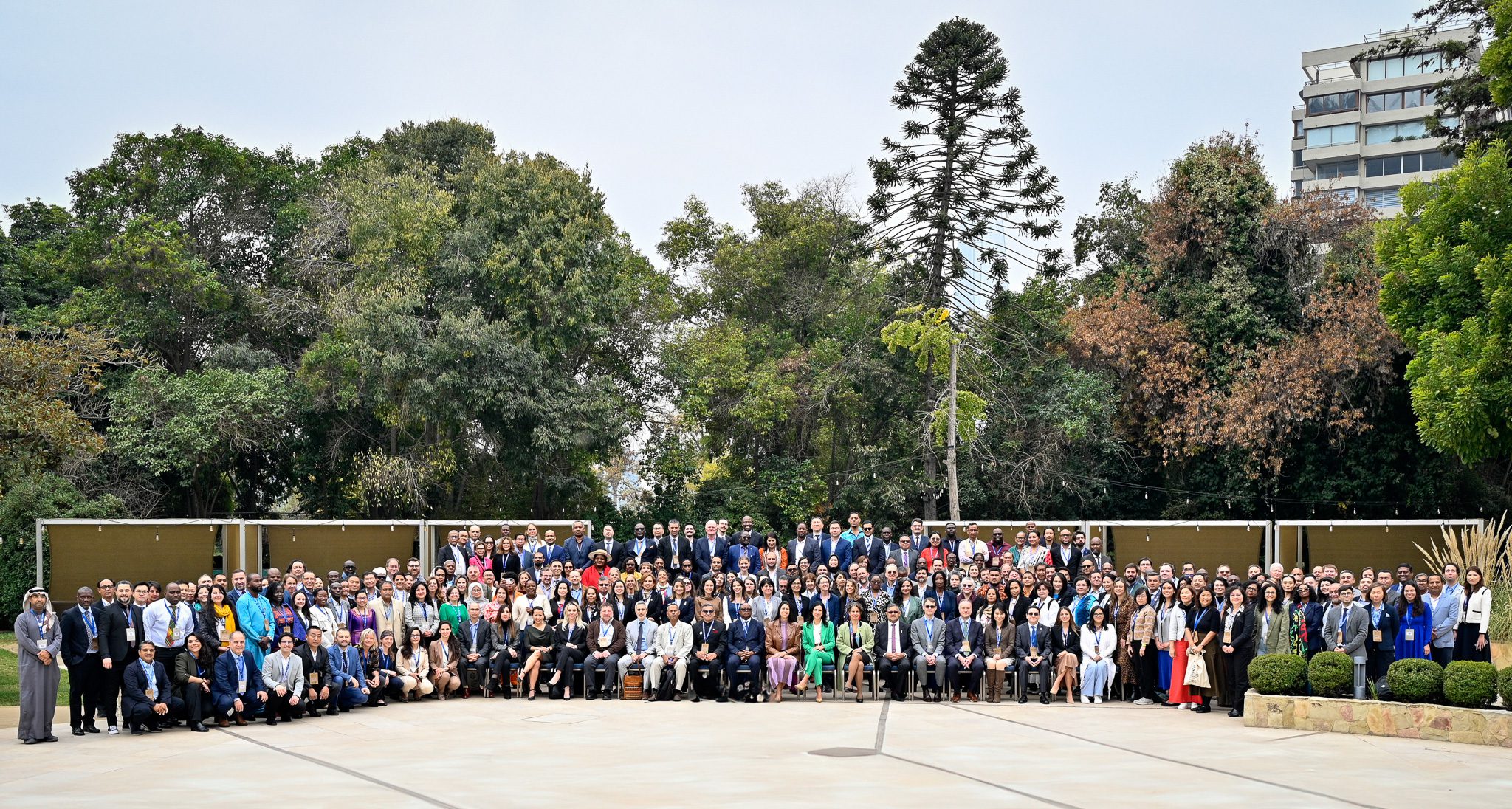Key Impact Points:
- Renewable energy capacity surged by 585 GW in 2024, representing over 90% of global new power.
- Climate volatility in 2023 disrupted hydropower, wind, and solar energy production worldwide.
- Integrating climate data and AI forecasting can significantly strengthen renewable energy systems.
Climate Volatility Hits Renewable Energy
Renewable energy’s rapid expansion faces growing threats from climate variability. Despite record growth in renewable capacity, extreme weather driven by climate change is increasingly disrupting energy generation.
Hamid Bastani from the World Meteorological Organization (WMO) highlighted significant impacts:
“In Sudan and Namibia, hydropower output dropped by more than 50 per cent due to unusually low rainfall.”
Sudan, heavily reliant on hydropower, experienced rainfall less than half its average, affecting energy security for its 48 million residents.
Renewable Energy Gains and Losses
China, responsible for 40% of global wind capacity, experienced minimal growth due to disrupted wind patterns. India faced production declines from weak monsoon winds, while African regions saw drops up to 30%.
Conversely, South America benefitted from increased solar radiation, enhancing solar power output significantly. Roberta Boscolo, leader of WMO’s New York office, noted:
“In Europe, too, we are seeing more days with high solar radiation, meaning solar power is becoming more efficient over time.”
Solar power represented over 73% of all new renewable capacity in 2023, becoming the fastest-growing energy source globally.
Infrastructure at Risk
Renewable energy infrastructure, often designed on historical climate patterns, faces increasing vulnerability. Boscolo emphasizes:
“There will be a short-term boost in hydropower as glaciers melt. But once those glaciers are gone, so is the water. And that is irreversible – at least on human timescales.”
The UNEP highlighted risks such as rising seas threatening coastal solar farms, wildfires disrupting power grids, and heat waves reducing solar efficiency.
Even nuclear power faces climate-induced challenges, with water shortages impacting cooling systems, potentially making some facilities unsustainable.
Boscolo underscores the need for future-focused infrastructure:
“When we design, when we build, when we project power generation infrastructure, we really need to think about what the climate of the future will be, not what was the climate of the past.”
Change the World - Subscribe Now
Leveraging Climate Intelligence
Experts urge integrating climate forecasting and AI into renewable energy planning. Bastani explains:
“In the past, energy planners worked with historical averages. But the past is no longer a reliable guide. We need to know what the wind will be doing next season, what rainfall will look like next year – not just what it looked like a decade ago.”
In Chile, accurate rainfall forecasts enabled better reservoir management, boosting hydropower production significantly. Similarly, short-term wind forecasting in Costa Rica optimized wind farm operations.
AI models predicting fluctuations in wind, rainfall, and solar radiation improve grid responsiveness and operational efficiency, crucial for future reliability.
The Need for Diversification
Diversifying renewable energy sources is vital for managing climate risks. Europe’s concern over “dunkelflaute”—periods of low solar and wind generation—highlights the necessity for a mixed energy portfolio including storage and backup options.
Bastani stresses:
“A diversified mix that includes solar, wind, hydro, battery storage, and even low-carbon sources (like geothermal) is essential, especially as extreme weather becomes more frequent.”
A Resilient Renewable Future
The future of renewable energy hinges not just on capacity expansion but on building resilience through advanced climate science integration. As Boscolo and Bastani emphasize, leveraging climate intelligence ensures renewable systems are not only sustainable but robust against the very climate challenges they aim to mitigate.
Related Article: Philippines Secures $500M for Coal Transition to Renewable Energy












